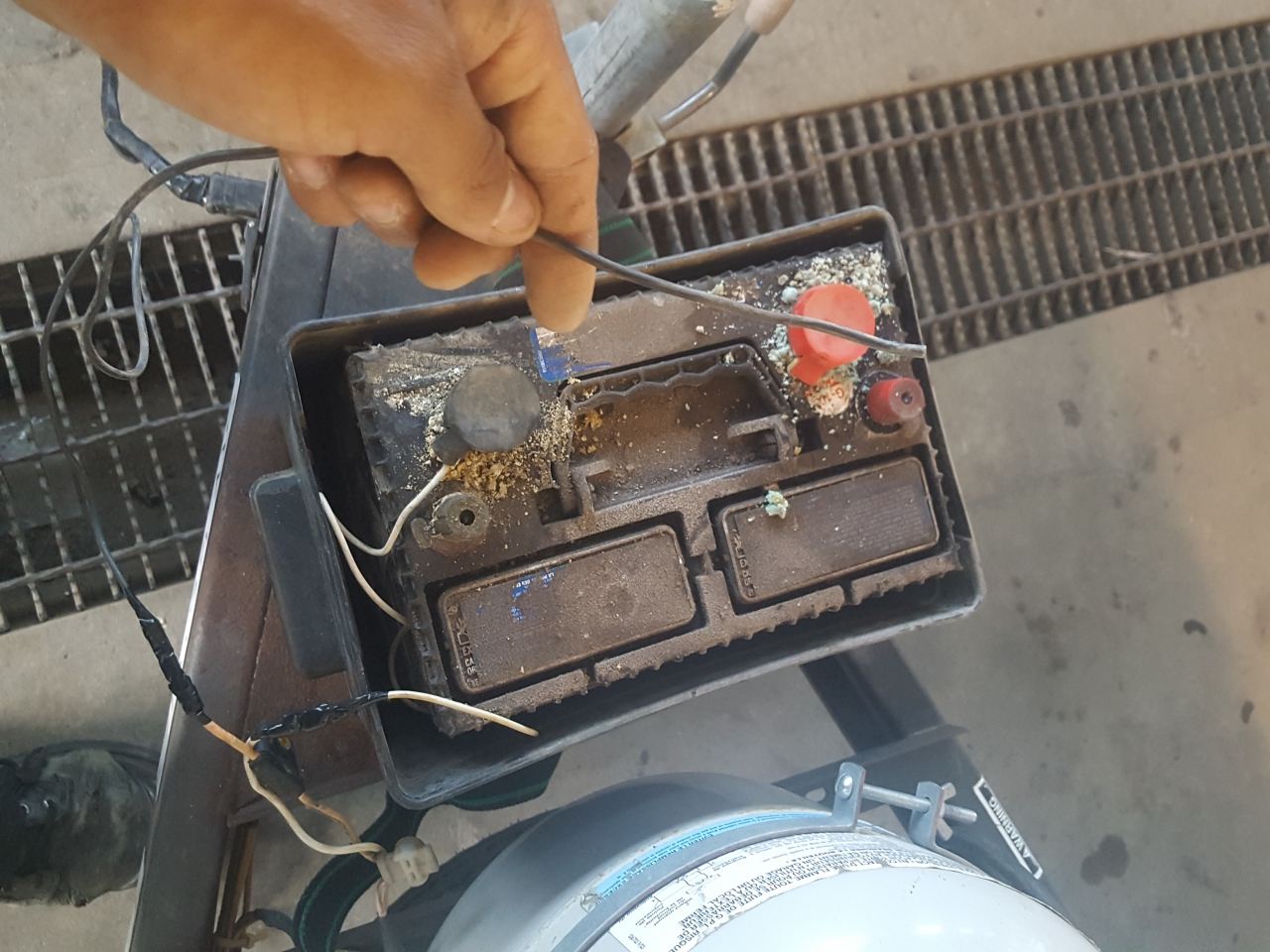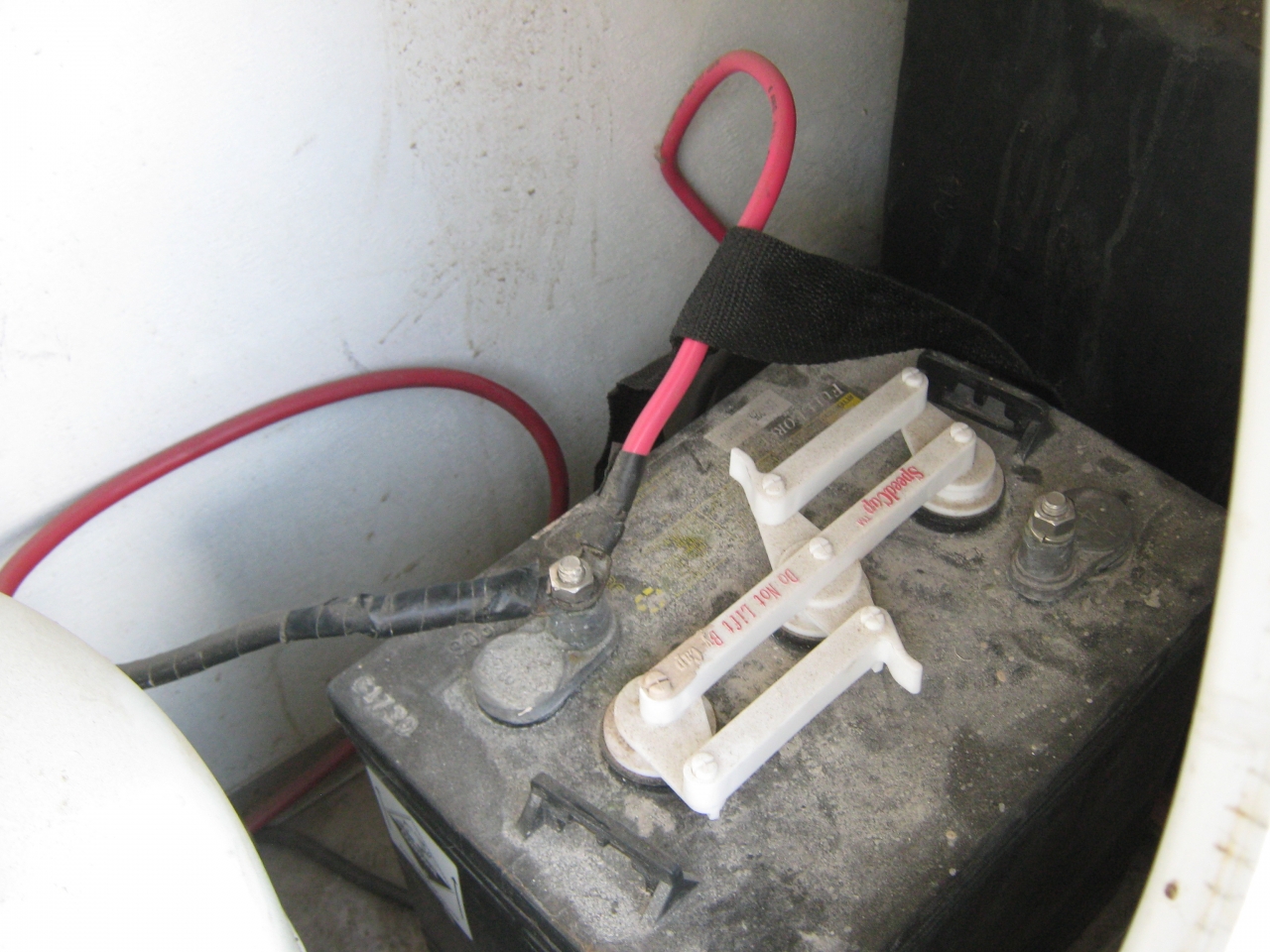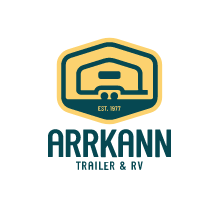Batteries and Charging
Published on May 23, 2019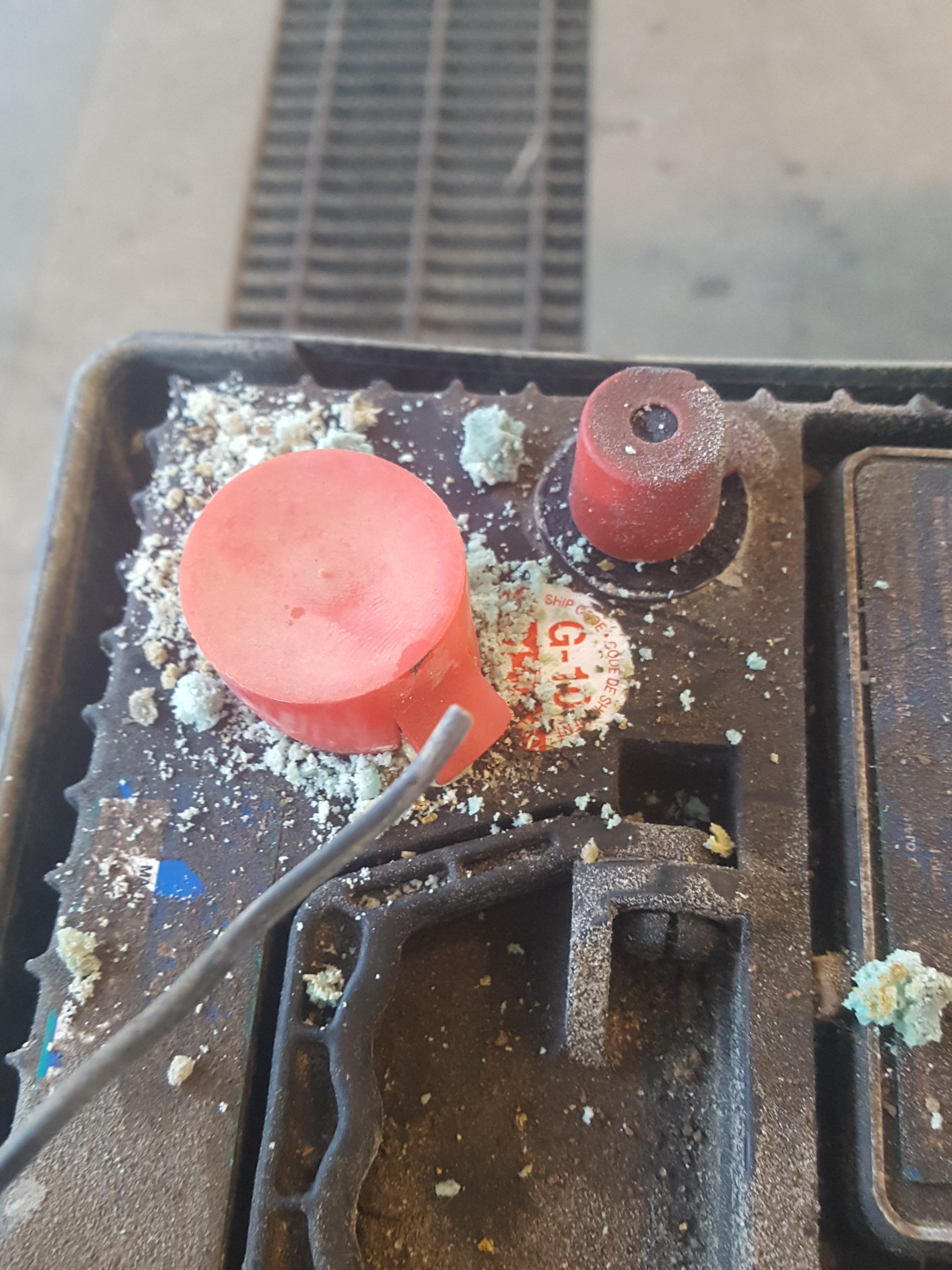
BATTERIES AND CHARGING
There are many things in our day to day lives that require some sort of battery, our RVs are no different. While many people may choose to only book sites with power, not everybody chooses to go this route. Regardless of whether you do have power or not, you still need a healthy battery.
Many systems in RVs run on 12 volts. This is similar to your car but different because an RV requires a DEEP CYCLE battery. This means it is designed to be regularly deeply discharged.

You may think that if you are always plugging into power that you don’t need a battery. This however is not the case. Many systems still require a battery while plugged in such as slide motors.
Even more importantly, a battery is required while towing to operate the breakaway switch. In the event the RV were to become disconnected while towing, the only way to activate the brakes on the trailer is with a fully operational battery. Without the tow vehicle to slow the trailer, that break away switch is the ONLY SAFE WAY to bring your trailer to a full stop should this unfortaunte situation ever occur.
METHODS TO CHARGE
Your RV comes with a converter which includes a built in charger. This allows your RV battery to charge when plugged into shore power. Keeping in mind however that this can take days, not hours, depending on the level the RV battery has been discharged. The charge line in the tow vehicle is also a common way to charge and it would do this while driving, however this is a very slow, trickle charge.
Solar power is also a great option as it provides constant charge throughout the day and there are several options when it comes to going this route. Speak to your parts and service provider to choose the best option for you!
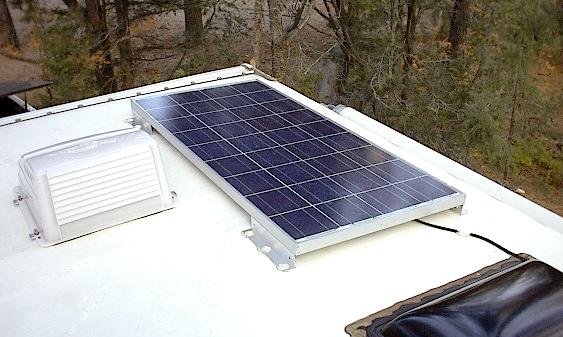
Generators also work well and are quite common keeping in mind some campgrounds have time restrictions on these as they can create quite a bit of noise.
You can also get an INVERTER which inverts your 12 volt battery to 110 volts (which is what you would have in your home) so that you can now use your outlets as you would if you were to plugged into power. This would allow you to use your microwave or coffee pot for example.
So stay safe and don’t be left in the dark! Keep your battery charged, be sure to top up fluid with distilled water, make sure battery posts are free of corrosion, and keep the case clean. The more proactive you are when it comes to your battery maintenance and charging, the more likely you’ll be fully operational for your camping trip!!
Examples of batteries which have not been properly cared for...
